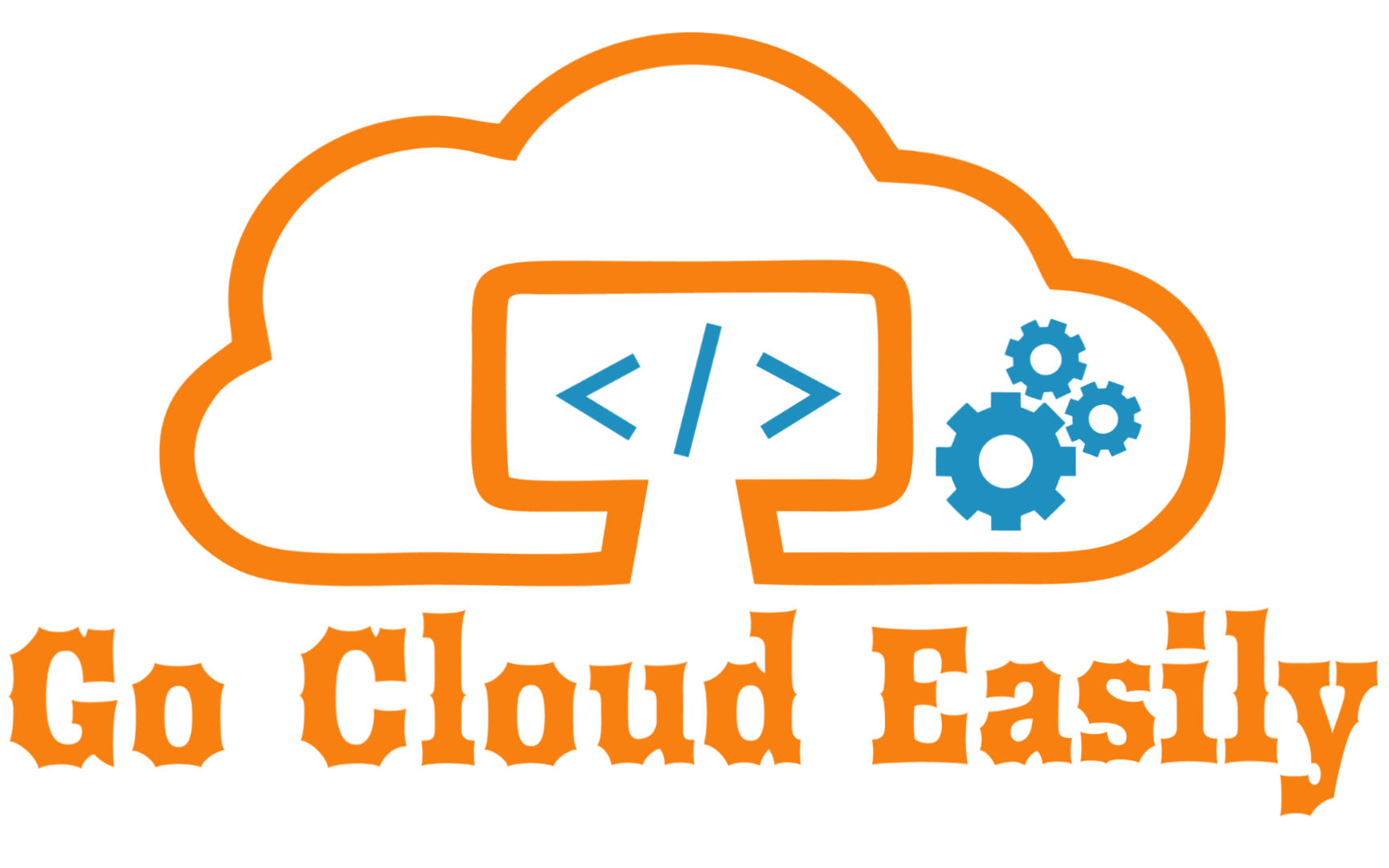Table of Contents
What is Cloud Computing
On Demand delivery of computing services—including servers, storage, databases, networking, software, analytics, and intelligence — over the Internet with pay-as-you-go pricing
Benefits of Cloud Computing
Cost effective
- Provides pay-as-you-go or consumption-based pricing model.
- No upfront infrastructure costs
- No need to purchase and manage costly infrastructure/hardware that you may not use to its fullest
- The ability to pay for additional resources only when they are needed
- The ability to stop paying for resources that are no longer needed
- Enables better cost predictions using pricing of individual resources/services.
- You can analyze future growth using historical data.
Scalable
- Increase or decrease the resources and services used based on the demand or workload at any given time
- Cloud computing supports both:
- Horizontal scaling
- Scaling “out”
- Adding more servers that function together as one unit
- Vertical scaling
- Scaling “up”
- Adding resources to increase the power of an existing server
- e.g. Add more CPUs, or add more memory
- Horizontal scaling
- Scaling can be done manually or automatically based on e.g.
- specific triggers such as CPU utilization
Elastic
- Cloud computing system can automatically add & remove resources to meet the current demand.
- E.g.
- Add resources for the peak operating hours during which most people access the application
- Only pay for increased resources during those hours
- Remove the resources when the traffic normalizes
- Do not pay anymore for removed resources
- Add resources for the peak operating hours during which most people access the application
Always Up To Date
- We need not to worry about software patches, hardware setup, upgrades, and other IT management tasks. It is all done by Cloud Service provider in a proactive approach
- The computer hardware is maintained and upgraded by the cloud provider. For Example if a disk fails it’ll be replaced by the cloud provider
Reliable
- Cloud provider offers data backup, disaster recovery, and data replication services
- Redundancy is often built into cloud services architecture
- so if one component fails, a backup component takes its place
- this is referred to as fault tolerance and it ensures that your customers aren’t impacted when a disaster occurs.
Go Global in Minutes
- Fully redundant datacenters located in various regions all over the globe.
- Enables local presence close to your customers to give them the best response time
- Replicate your services into multiple regions for redundancy and locality
- Select a specific region to ensure you meet data-residency and compliance laws for your customers.
Secure
- Physical security
- Who can access the building, who can operate the server racks, and so on
- Walls, cameras, gates, security personnel, employees have access only to those resources that they’ve been authorized to manage.
- Digital security
- Who can connect to your systems and data over the network.
- E.g. only authorized users to be able to log into virtual machines or storage systems running in the cloud
- Have tools to mitigate security threats that you can use.
- Technical Skill
- Can provide better expertise than most organizations can otherwise achieve

One thought on “Cloud computing & Its Benefits”